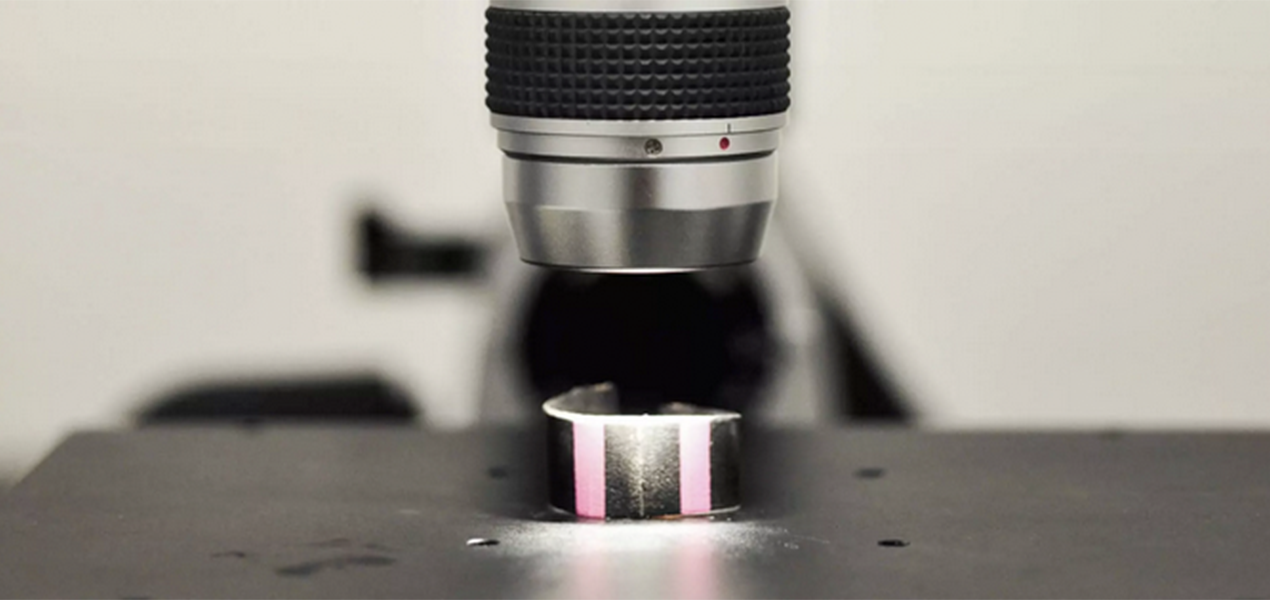HOW IS A BICYCLE TIRE FITTED?
- All spoke holes must be completely and securely covered by a suitable rim tape (Fig. 1).
- Inflate the inner tube slightly until it has a round shape. Insert the valve through the hole provided in the rim.
- Insert the inner tube into the tire (Fig. 2).
- Do not use any sharp fitting aids (Fig. 3).
- Starting opposite the valve, mount the other side of the tire on the rim. The inner tube must not be trapped between the tire and the rim (Fig. 4).
- Ensure that the valve is at right angles (Fig. 5).
- Center the tire before inflating it to the desired pressure.
- Use a pressure gauge (e.g. Schwalbe Airmax Pro) to set the tire pressure. The permissible pressure range is indicated on the tire sidewall (Fig. 6).
- Check the tire pressure at least once a month with an air pressure gauge (Fig. 7).
WHY IS IT SOMETIMES SO DIFFICULT TO FIT A TIRE?
Wenn die Durchmesser von Felge und Reifen nicht optimal aufeinander abgestimmt sind, treten häufig Montageprobleme auf.
Felgen dürfen eine Toleranz im Durchmesser von ± 0,5 mm aufweisen (D1). Außerdem darf auch die Höhe der Felgenflanke eine Toleranz von ± 0,5 mm haben (G). Das addiert sich zu einer Gesamttoleranz von ± 1,5 mm im Außendurchmesser (D2), bzw. von ± 4,7 mm im Außenumfang (U). Das entspricht einer maximal möglichen Umfangsdifferenz von 9,4 mm zwischen größter und kleinster Felge.
Der Reifen muss auf beide Extremfälle passen. Weil auch auf der kleinsten zulässigen Felge noch ein sicherer Sitz gewährleistet sein muss, kann es bei der größten zulässigen Felge unter Umständen schwer werden, den Reifen zu montieren und richtig zu zentrieren.
SCHWALBE-Reifen werden mit einer Umfangstoleranz von ± 1 mm gefertigt.

WHAT CAN BE DONE, IF IT IS DIFFICULT TO FIT THE TIRE ON THE RIM?
It is always helpful to start the fitting opposite the valve and to finish it at the valve, as the tire bead to be mounted should lie in the rim well as far as possible.
Instead of pushing the tire with the thumb, it is often easier to roll the tire bead over the rim flange from the opposite side on.
Using tire levers helps a lot. Make sure the tire bead is not damaged during the fitting. Lever the tire in small sections and use the tire levers more often. Do not use metal tire levers.
Sometimes the fitting of the narrow versions of the Marathon Plus tire turns out to be particularly difficult. Due to the inherent stress of the tire, the tire slips repeatedly from the drop-center and it is extremely hard to pull the last piece of the tire over the rim flange. A helping hand holding the tire on the opposite side in the dropcenter is very helpful. A cable tie or an old pedal strap could also serve as a helping hand.
The new Schwalbe tire lever is particularly helpful when fitting is difficult. You can hook it in on the rim and herewith fix the already mounted area of the tire bead. This will prevent the bead from slipping out while you lever the last section over the rim flange.

Anker
WHAT CAN BE DONE, IF THE TIRE CANNOT BE CENTERED?
When the rim diameter is at maximum tolerance and the tire diameter is at minimum, it is difficult to get the tire beads onto the rim bead seat.
Solution: Slightly over-inflate the tire for a short time, or put soapy water onto the tire beads to make them slip into place more easily.
Our assembly fluid, Easy Fit, can be easily applied to the tire by use of the sponge applicator and without using extra tools or dirtying fingers. When inflating, the tire bead then glides easily into the right position on the rim. After approx. 10 minutes the liquid evaporates completely.
When the rim diameter is at minimum and the tire diameter at maximum, the tire cannot be seated properly regardless of the tire pressure. This situation can generally be addressed by centering the tire by hand at low inflation pressure. Move the tire with your thumb until the rim line is parallel to the rim all around the tire. Finish by inflating the tire fully.
Make sure it is parallel to the rim. Only then should you pump the tires up fully.

WHAT SHOULD BE OBSERVED FOR THE FITTING ON HOOKLESS RIMS?
A "hooked rim" is the normal case nowadays - i.e. a rim where the rim flanges end inwards at the top with a hook. However, there are also many so-called "Westwood" rims on the market. Dutch bikes, for example, are often on it. These classic rims have no hook to hold and center the tire. In addition, Westwood rims are made of steel with a very smooth surface. These rims require special attention during installation.
Manual centering. Before the tire is inflated tightly, it is necessary to ensure that it is centered on the rim. Unlike a hook rim, the tire does not automatically slide into place when inflated. If the tire sits unevenly, it can easily pop off the rim.
Air pressure max. 5 bar. Generally, such rims are not suitable for high pressure. The maximum possible air pressure of the tire can usually not be exhausted on such rims. The ETRTO standard limits the air pressure to 5 bar. We recommend that you allow for a little more safety reserve and leave it at four bars. This also means that these rims are not well suited for narrow tires or heavy riders.
Meanwhile, there are also modern MTB carbon rims without hooks on the market. According to our experience so far, however, tire mounting on them works without any problems. Through appropriate flank heights and material surfaces (friction) is a sufficient jump-off security.









